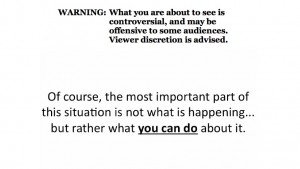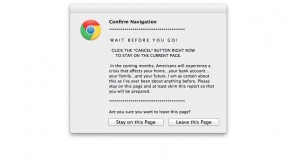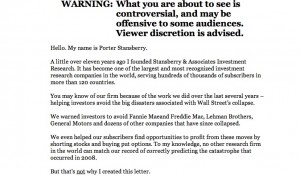Ask me who I’m going to vote for in the Presidential election and you’ll get one data point, which might be a lie. Ask me who I think is going to win and you’ll get a far more reliable predictor. First, because I’m no longer on the spot for answering about my own vote. Second, because my answer will encompass my conversation with friends about how they’re voting, plus what I’ve heard and read and seen in the media and on people’s bumpers and in their yards. In essence, I’m speaking as a social network of one.
The above isn’t a hypothesis. The New York Times cites an academic paper by David Rothschild and Justin Wolfers that compares the predictive power of voters’ intentions (how they will vote) and their expectations (who they think will win). In the majority of presidential elections since 1952, expectations were the winner. According to Wolfers, a professor of economics at the Gerald R. Ford School of Public Policy at the University of Michigan, that’s because the expectations question taps into additional knowledge beyond the personal voting question, and of course “more information produces better results.”
In fact, the authors estimate that each expectation answer is equivalent to ten “how will you vote” answers, thus solving a problem that I didn’t realize existed: people today are much less responsive to polls. A few years ago, 40% of people polled would respond. Today it’s down to 10%, according to Andrew Kohut, the president of the Pew Research Center. Think about the number of polling calls you’ve likely received during this election and you can guess why that is. We’re oversaturated with polls.
As a marketer, I’ve often used polls as an involvement device. You can gather valuable useful audience information and then offer the finished poll to participants as an incentive to answer. As copywriters, we would never ask personal questions that make readers uncomfortable; rather we’ll be looking for ways to make them interested and eager to respond. We’ll automatically go for the “expectation” vs “intention” question, in other words.
You can also use polls to get people thinking about the benefits of your product by asking questions that show it in the best possible light. For example, one of my favorite controls is a package I wrote for Intuit for a new tax preparation product that wasn’t quite ready for prime time. I asked people what they’d like to see in a tax prep product, with multiple-choice answers that touched on existing and planned product features. The involvement made them invested in the product’s development and they were more likely to buy it as a result; this package remained the control during the entire lifecycle of the product.
But back to presidential polling, you’re probably wondering who is picked to win next Tuesday according to the “expectation” method. Read the Times article for that answer. Then come back at midnight on November 6 to see if they were right.
UPDATE: They were right.



